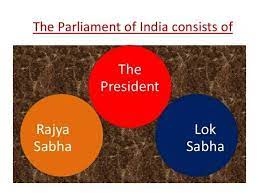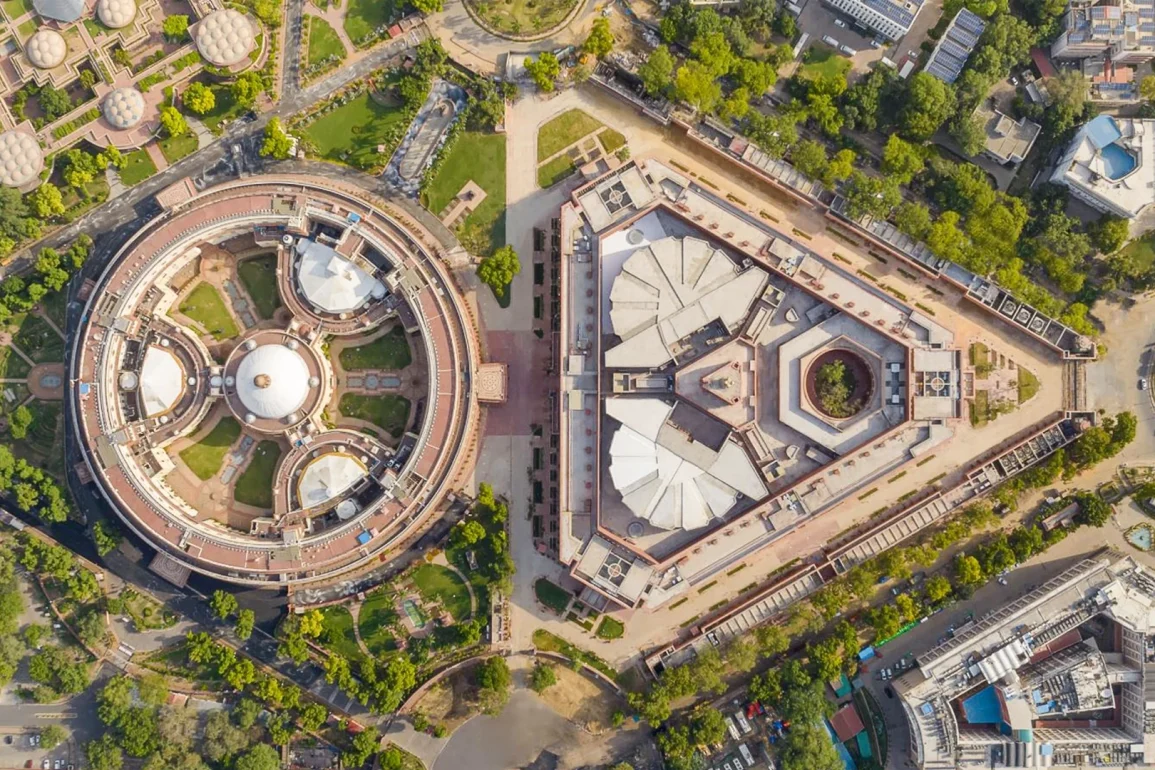India’s democratic framework stands tall on the foundation of its vibrant Parliament, a bicameral institution that shapes the nation’s future.
The Indian Parliament is composed of two Houses — the Lok Sabha (House of the People) and the Rajya Sabha (Council of States).Each plays a distinct but interconnected role in the law-making process, representing the voices of citizens and states alike.
While the Lok Sabha is often the more visible and dynamic body, particularly during elections, the Rajya Sabha serves as a stabilizing force, offering thoughtful revision and debate.
Understanding the difference between Lok Sabha and Rajya Sabha is crucial for grasping how India’s democracy functions day-to-day.
We’ll break down how the Indian Parliament works, exploring the unique features, powers, and responsibilities of both Houses to make it simple and engaging.
Structure of the Indian Parliament
The Three Components

The Indian Parliament consists of three key parts:
-
The President of India: The ceremonial head who plays a vital role in lawmaking.
-
Lok Sabha: Directly elected representatives of the people.
-
Rajya Sabha: Representatives of the states and union territories.
Together, they ensure that laws are created, debated, and implemented in a way that reflects the will of the people and the federal structure of the nation.
Lok Sabha: The House of the People
Composition and Election
The Lok Sabha is made up of 543 members who are directly elected by the people of India through general elections, held every five years.
-
Eligibility: Must be at least 25 years old.
-
Seats: Allocated based on the population of each state or union territory.
Powers and Responsibilities
The Lok Sabha holds significant power, especially concerning:
-
Money Bills: Only the Lok Sabha can introduce and pass Money Bills, crucial for the nation’s budget and economy.
-
Government Formation: The Council of Ministers, led by the Prime Minister, is responsible to the Lok Sabha.
-
Passing Laws: Laws can originate here, though they must also pass through the Rajya Sabha.
Key Features
-
Speaker of the Lok Sabha: Presides over proceedings.
-
Dissolution: The Lok Sabha can be dissolved by the President, triggering new elections.
Rajya Sabha: The Council of States
Composition and Election

The Rajya Sabha consists of 245 members, out of which:
-
233 are elected by the legislative assemblies of the states and union territories.
-
12 are nominated by the President for their expertise in fields like literature, science, art, and social services.
Members of the Rajya Sabha serve staggered six-year terms, with one-third of members retiring every two years.
Powers and Responsibilities
Though it cannot initiate Money Bills, the Rajya Sabha plays a crucial role in:
-
Reviewing Legislation: It can suggest amendments and improvements.
-
Federal Balance: Represents state interests in the law-making process.
-
Special Powers: Can empower Parliament to legislate on matters in the State List under special circumstances.
Key Features
-
Chairman: The Vice-President of India acts as the ex-officio Chairman of the Rajya Sabha.
-
Continuity: Unlike the Lok Sabha, the Rajya Sabha is a permanent body and cannot be dissolved.
Major Differences Between Lok Sabha and Rajya Sabha
| Aspect | Lok Sabha | Rajya Sabha |
|---|---|---|
| Representation | Citizens directly | States and Union Territories |
| Election | Direct election | Indirect election |
| Term | 5 years | 6 years (staggered retirement) |
| Powers | Greater in financial matters | Advisory and reviewing role |
| Dissolution | Can be dissolved | Cannot be dissolved |
Understanding these differences helps in appreciating how the Indian Parliament balances popular will with federal stability.
How Laws Are Made in the Indian Parliament
Step-by-Step Process
-
Bill Introduction: A Bill is introduced in either House.
-
Debate and Approval: It must be debated and passed in both Houses.
-
Presidential Assent: Finally, the President signs the Bill into law.
For Money Bills, however, the Rajya Sabha can only suggest changes; the Lok Sabha has the final say.


